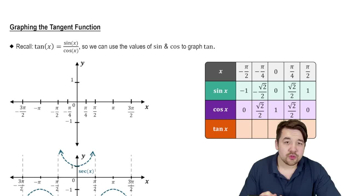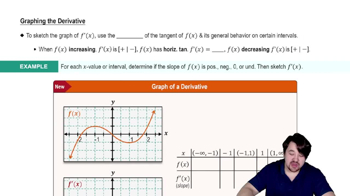In Exercises 59–62, sketch the graph of the given function. What is the period of the function?
𝔂 = cos πx/2
 Verified step by step guidance
Verified step by step guidance Verified video answer for a similar problem:
Verified video answer for a similar problem:



 5:53m
5:53mMaster Graph of Sine and Cosine Function with a bite sized video explanation from Patrick
Start learning